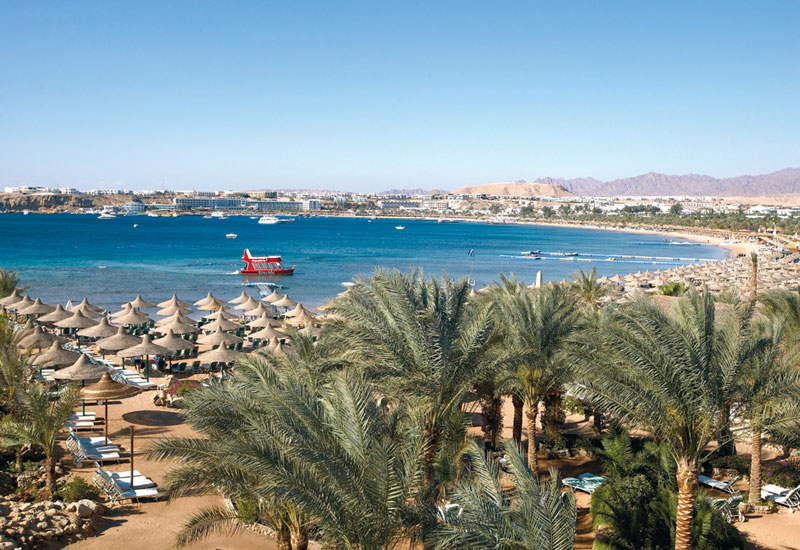TRI Hospitality Consulting associate director Emma Davey goes digging behind the tourist attractions of Sharm el Sheikh to discover what makes the South Sinai resort destination tick
Sharm el Sheikh is the dominant tourist resort area in South Sinai, accounting for around 78% of the total hotel room supply in the Governate. Currently Sharm el Sheikh and Nabq Bay offer more than 48,000 hotel rooms, yet only 20 years ago it was a laid back and quiet hippy hangout for divers willing to make a long bus journey to experience the underwater delights of the Red Sea. Now, approximately 4.4 million visitors arrive each year at one of two terminals at Sharm el Sheikh airport, mainly on charter flights from Europe and Russia.
The central focus of Sharm el Sheikh is the Naama Bay area where the waterfront hotels are dissected by a public promenade bringing tourists along the pathway day and night.
However, the liveliest activity takes place behind the hotels to the north west corner of the bay where a pedestrian friendly area is littered with restaurants, bars, shisha cafes and the crowd-pulling Pascha nightclub.

| Advertisement |
In contrast, the Nabq Bay area, to the north of Sharm el Sheikh and under the control of the Tourism Development Authority, mainly provides destination resorts catering to the all-inclusive market with few leisure activities or entertainment attractions easily accessible outside the hotels.
Most of the sea frontage in Sharm el Sheikh is developed, with few remaining sites available. Many hotels have built extensions to their existing properties, usually behind a public road that divides the two sites.
However, this can lead to a potentially large number of guests vying for what is typically limited beach access, since extensive parts of the coastline is characterised by steep rocky sea frontage and coral ledges.
Sharm el Sheikh is considered to be a cheap holiday destination and this reputation was further fuelled by the all-inclusive package that emerged after the terrorist incidents in 2005 as a tool to attract the tourists back.









 Search our database of more than 2,700 industry companies
Search our database of more than 2,700 industry companies









